The internet era dawned upon us with a lot of promise in early 1990s and was accompanied by the now-ubiquitous social networking phenomenon. The list is practically endless: Facebook, Twitter, Google plus; name it and you’ll find millions, if not billions hooked on to it like addictive souls yearning to achieve more by doing less and/or boosting productivity.
It seamlessly refurbished the entire paradigm of communication, extending the concept to the realm of journalism as well. E-magazines, blogs, websites and blurps have emerged as a thriving source of writing that in turn, has captivated the attention and mind-space of internet users.
It is a given that a multitude of readers, either those who are aspiring, or those that already are, in their unique parlance- an accomplished writer in the making.
Thanks to the gamut of free blogs, websites and e-posts, one of the major contentious questions that linger on in our minds remains: How do we increase the number of visitors or hits on our write-ups?
The erstwhile term is SEO, which stands for search engine optimization. It can be sub-divided into two types: on-page and off-page.
By “on page”, we mean everything that can be done on a webpage, URL or Meta data to augment its probability for a search engine to display in the form of a result. On the other hand, off-page means the kind of steps and processes you undertake to make writing both readable and shareable on social networking sites.
Tips for on-page Search Engine Optimization (SEO):
1. Title
First impression is indeed the last impression, which is one of the reasons why the title plays a prominent role in shaping your rankings and hits. A search engine essentially searches for keywords from the title and meta-data.
The importance of the title
If your title does not comply with your content or contradicts it or is out of sync with it, chances are that your content and its rankings will suffer profusely. The tile should complement the essence or crux of the written content and lend the elusive ‘x’ factor to the story. Remember, most readers are likely to remember the piece of content based on its title and not so much on the content itself, which is ironic, but that’s how it goes.
For instance, consider this: “The race between two animals” or “slow and steady wins the race”, which one is more appealing?
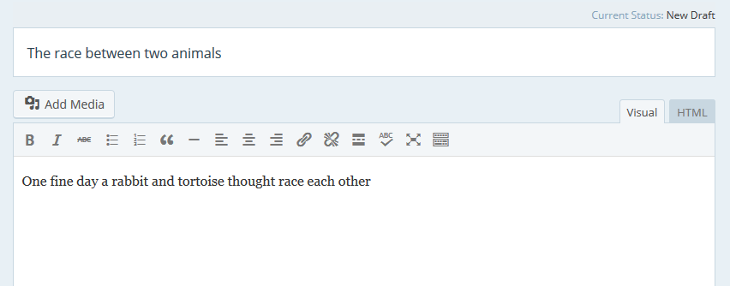
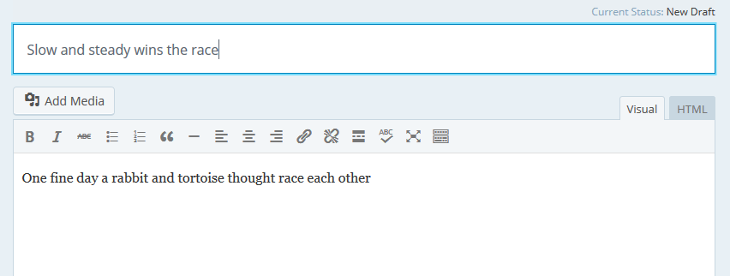
2. Meta-data description
As mentioned above, there is a space wherein you can write about what your article really wants to convey. It should not be too lengthy or tedious as search engines merrily ignore anything that borders on the excess. Choose concise Meta data information.
For example: http://www.scrubtheweb.com offers a free SEO tool that helps you sort out meta-data generation.
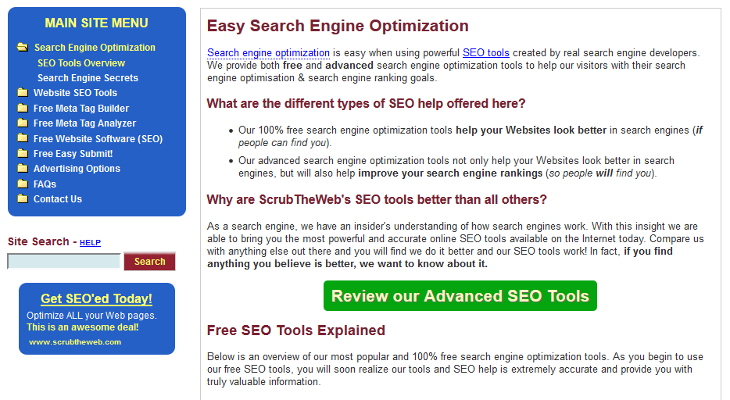
3. Tags

While framing a blog, you will come across an option to write the kind of tags that you need to associate with It., akin to how it’s like with Twitter.
For example: You write something hilarious, so tag it as funny. Now, the idea is to use tags that are topical and up and running, like some celebrity names, event or shows if it that’ relevant. You can write something about music, use tag as “sunburn” “rocknroll”.
4. Quality content
If you order a cheese burger and it doesn’t titillate or satiate your taste buds. Would you eat it again? Would you recommend it to someone else?
The answer is NO.
Extend the same logic to write-ups. Do your research thoroughly and deliberately. The writing should be true to its title and justify its promise.
5. Quantity does matter
When user land up on your page, they are almost always looking for precise answers or something that addresses their concern. If the length of the article is too short, it will be registered as superficial content and if it is too lengthy, the reader may have a hard time reading it in totality. The optimum length of an article needs to be of 700-1200 words.
6. Look and feel
Haphazard or badly-written articles rarely lure or more importantly, sustain readers. Make it more intriguing by using <h1> heading tags, <b> bold tags, to boost your writing style.
7. Font size
The font size should neither be too big nor too small. It should be perfectly readable.
8. Keyword
Keywords are the essence of web content and are in the truest sense of the word, the “key” to every problem concerning your content, its creation as well as promotional strategies. Search engines use keywords to map users’ request to your webpages. Therefore, it is prudent to list down the keyword from you blogs in this.
9. Images
A picture speaks louder than words, so might as well make your images talk using Alt and Tags. This will encourage users to remember the content for a longer period of time.
10. Internal links
People generally opine that links are used for any webpage other than your webpages, but that’s not true. Using internal links to navigate can be very helpful, smooth and endearing.
For example: For a lengthy write-up, you can accommodate top and bottom links.
11. External links
This is a blessing in disguise because it unleashes the possibilities of extended readership. Link your own blog webpages in your write-up to titillate the wow factor among your readers.
12. Avoid broken links
External links to other sites can be harmful if those are broken. Find and remove them.
You can use sites like http://www.brokenlinkcheck.com/
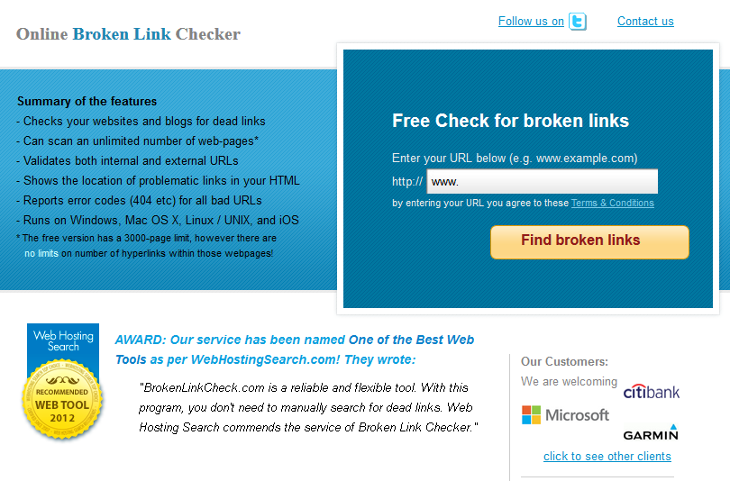
13. Font colour
Clever usage of colour can be used to highlight several points For instance, using red ink implies that the content is of high priority.
14. Sociability
Add social media buttons, to make it easier for your readers to share your posts with others
15. Authorship mark-ups
Take ownership of what you write and produce to lend a long-lasting and credible impression on your future readers. Hard work and originality are qualities that are respected and regarded by all.
16. User-friendly URLs
URLs were made for people like you and me and help us remember the site name easily. Keep your URL simple and easy to read. Refrain from using special characters or spaces in the URLs.
For ex: we all can remember www.google.com easily. What if its name was “www.search@nything&fromanywh3r3.com”? It would be highly probable that you would type it wrong and end up landing on some other webpage. Do you want your reader to get misdirected? Obviously not, so be mindful of silly errors like these.
17. http or https
With everything is getting in a secure mode, websites and even web-users prefer sites that start with https. Gain the user’s confidence by implementing this tip.
18. Geo tagging
Let search engine know where your actual location is.
Use a range of tools or sites to see how you blog appears to a crawler (spider or web engine)
For example: http://www.webtoolhub.com
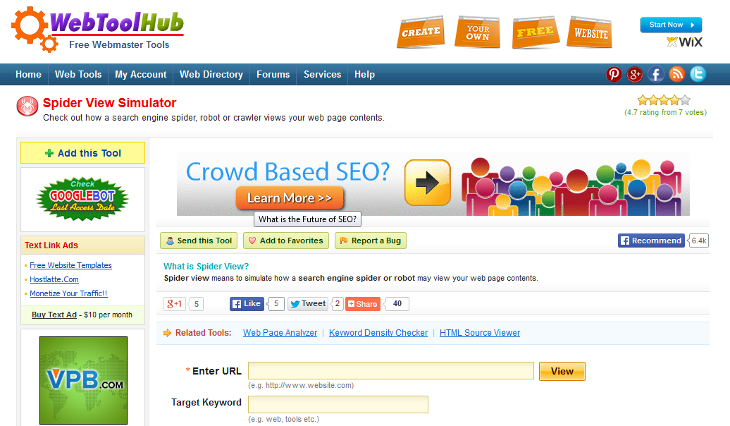
19. Easier loadable pages
Make your webpages lighter to make them load faster. Don’t let them take an eternity, before the readers start getting frustrated and drift away from your blog.
For example: Don’t embed videos, rather give external links if you had to use them.
20. Hosting
Ensure that you use a webhosting server which is up and running and functional. Any technical issue plaguing this could be catastrophic for the number of hits that will eventually be generated.
In conclusion
Stick to these points and use them with generous doses of discretion to catapult your online-writing experience to a level at which readers expect you to reach.








